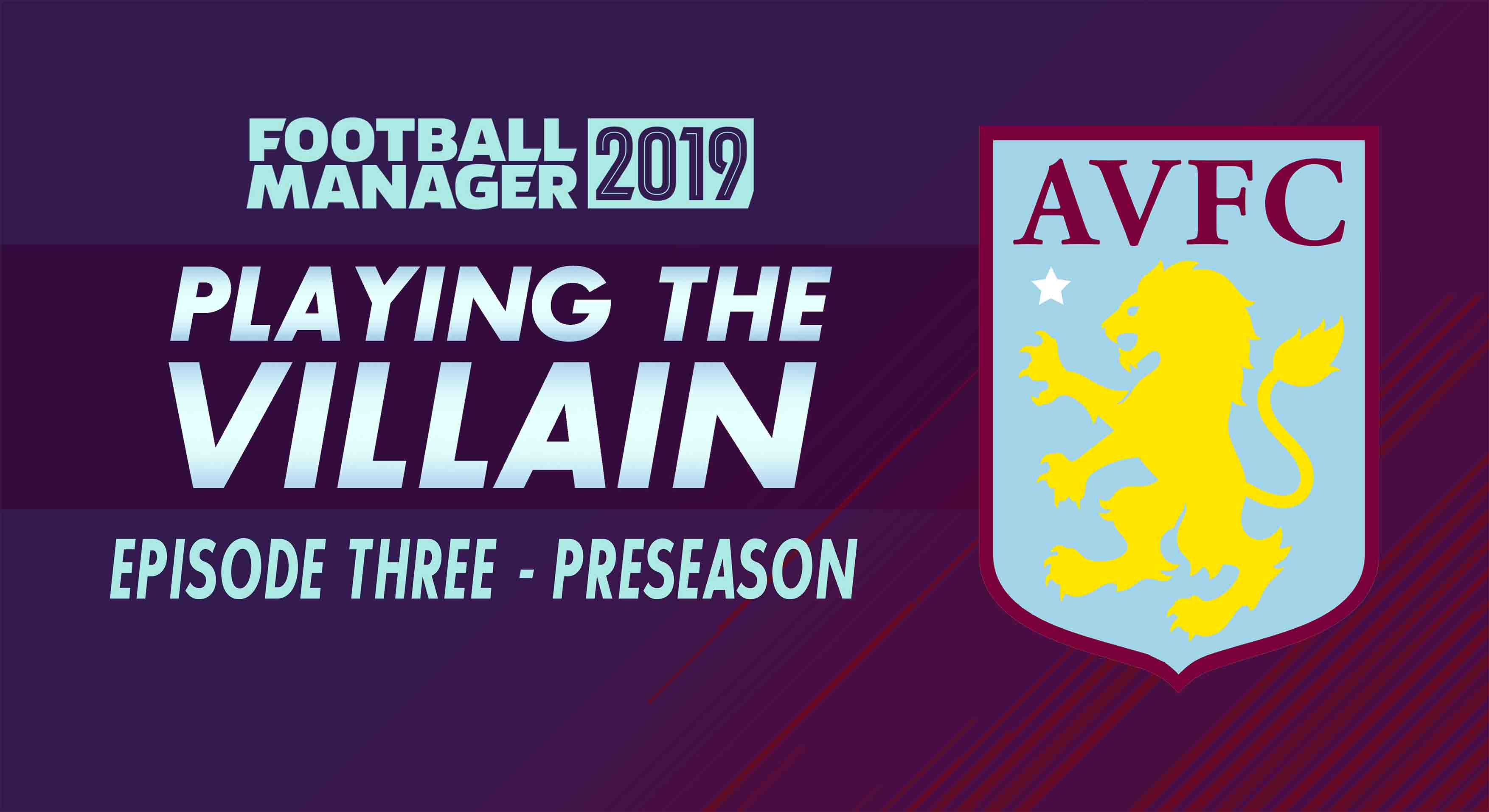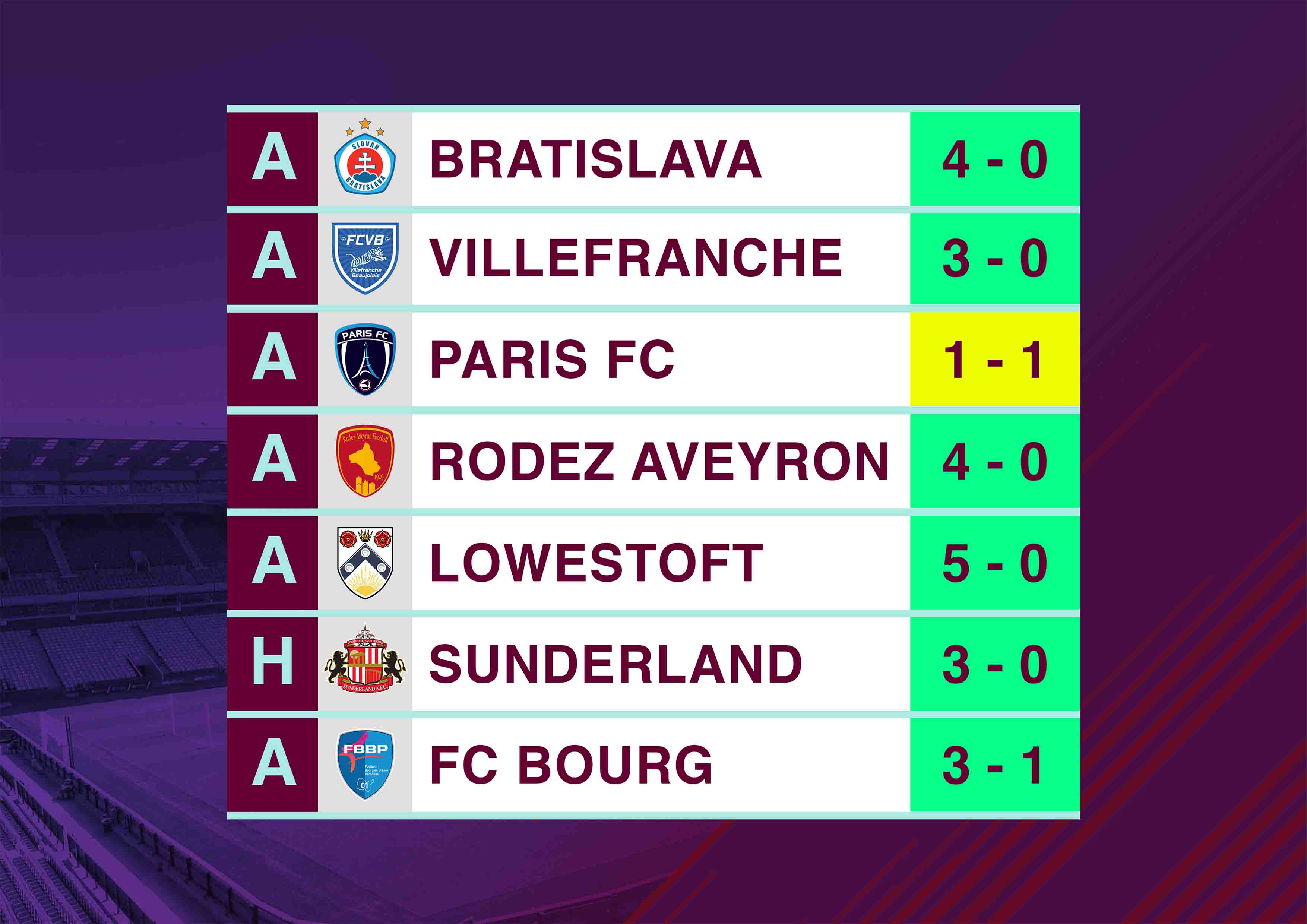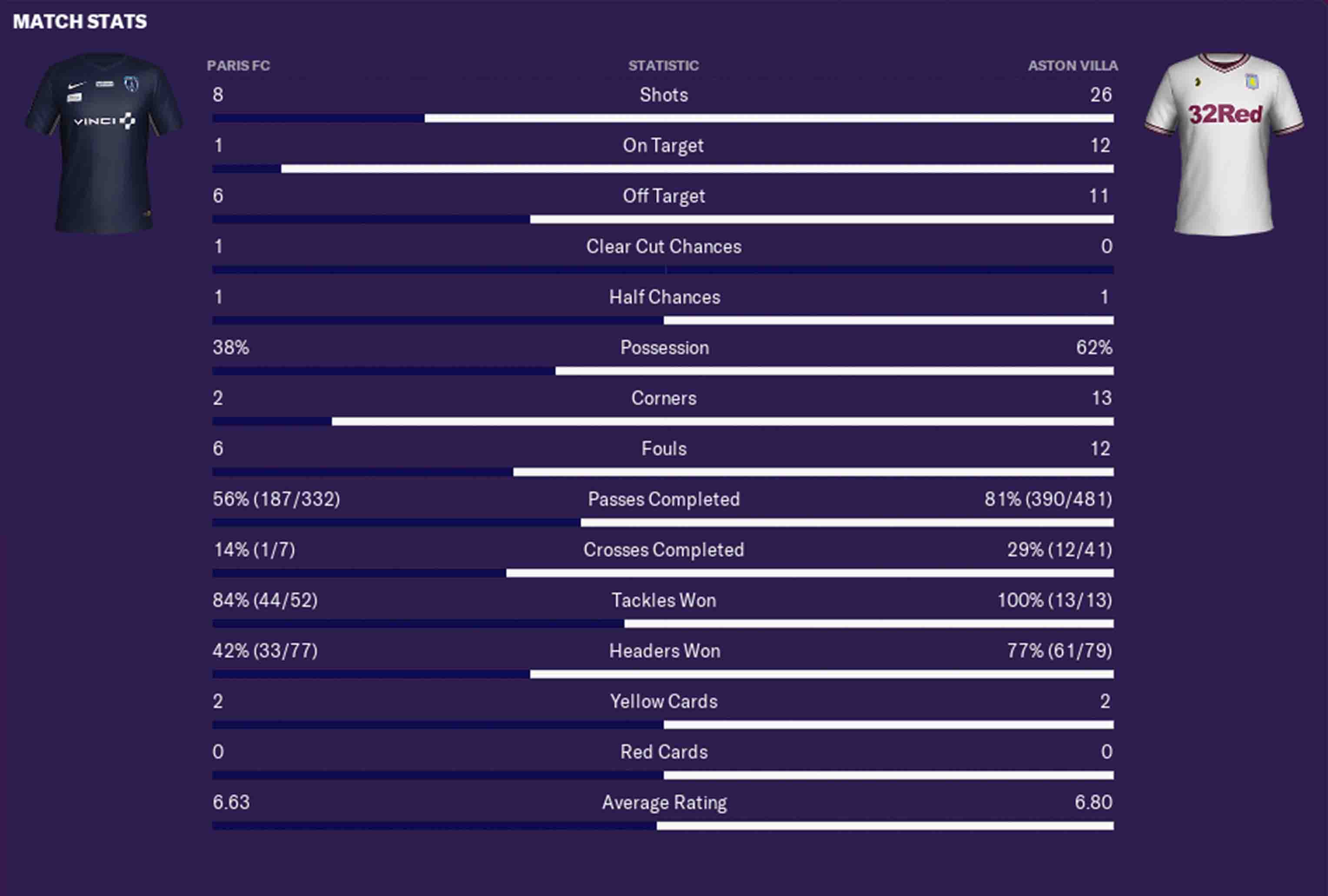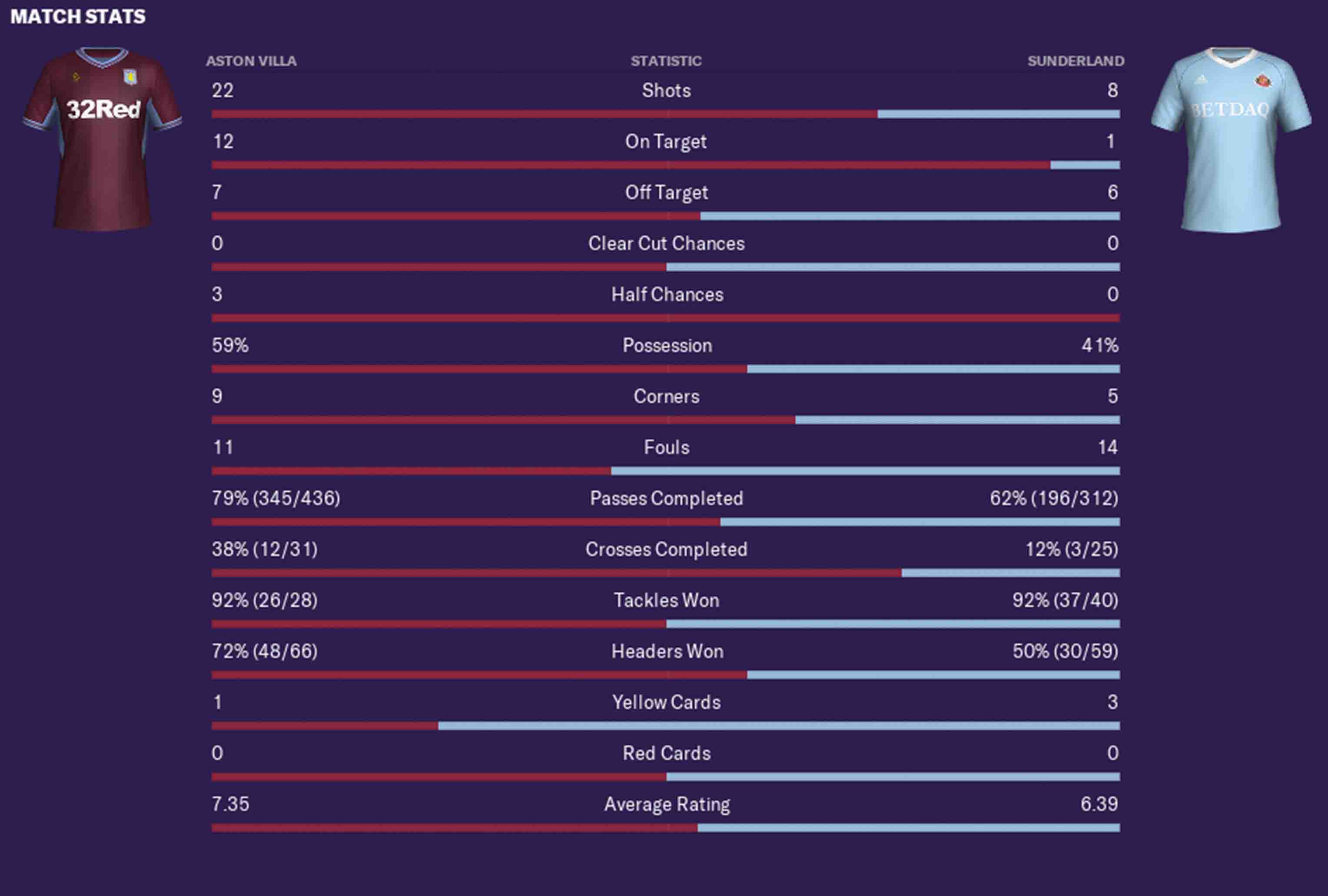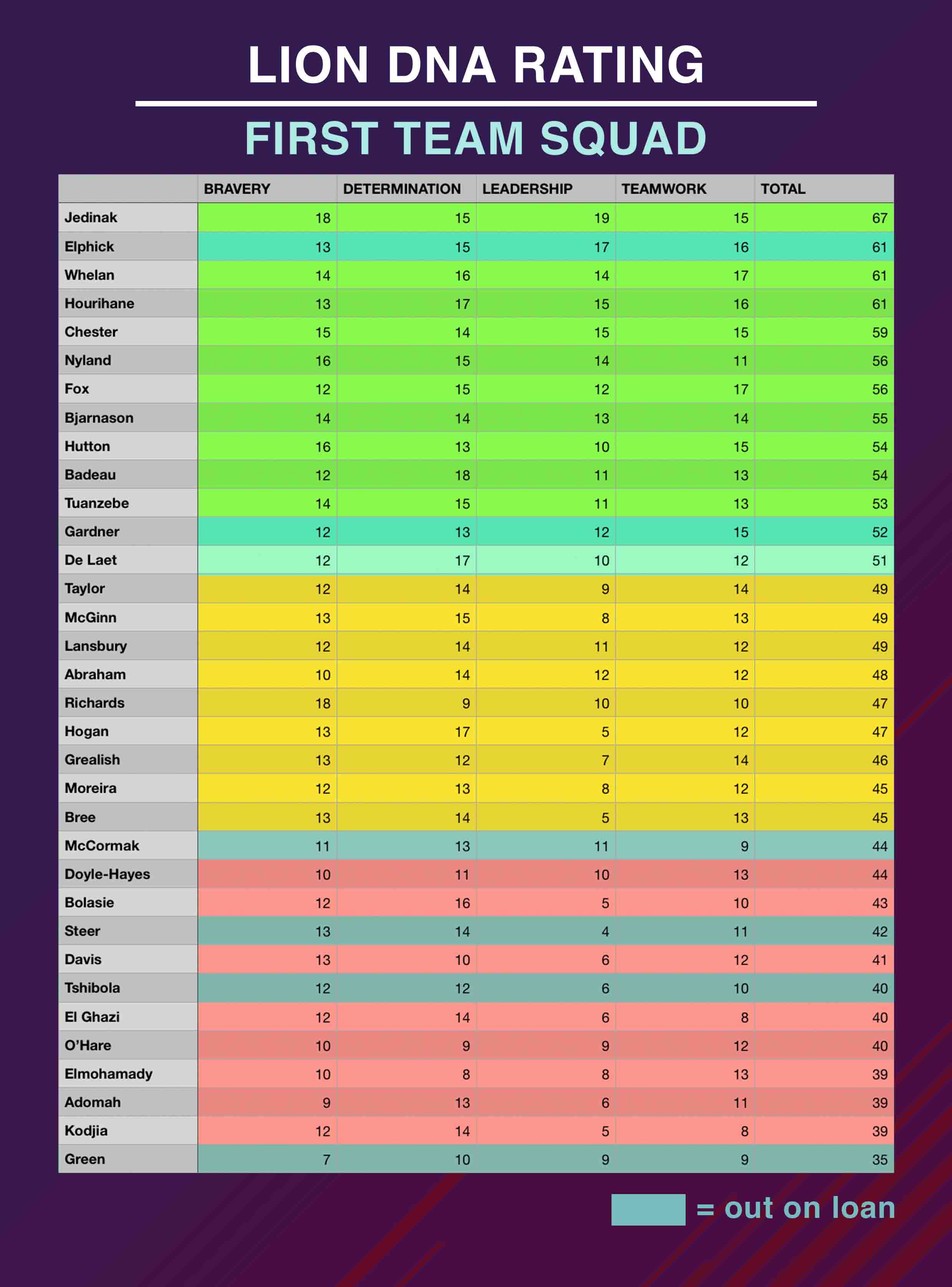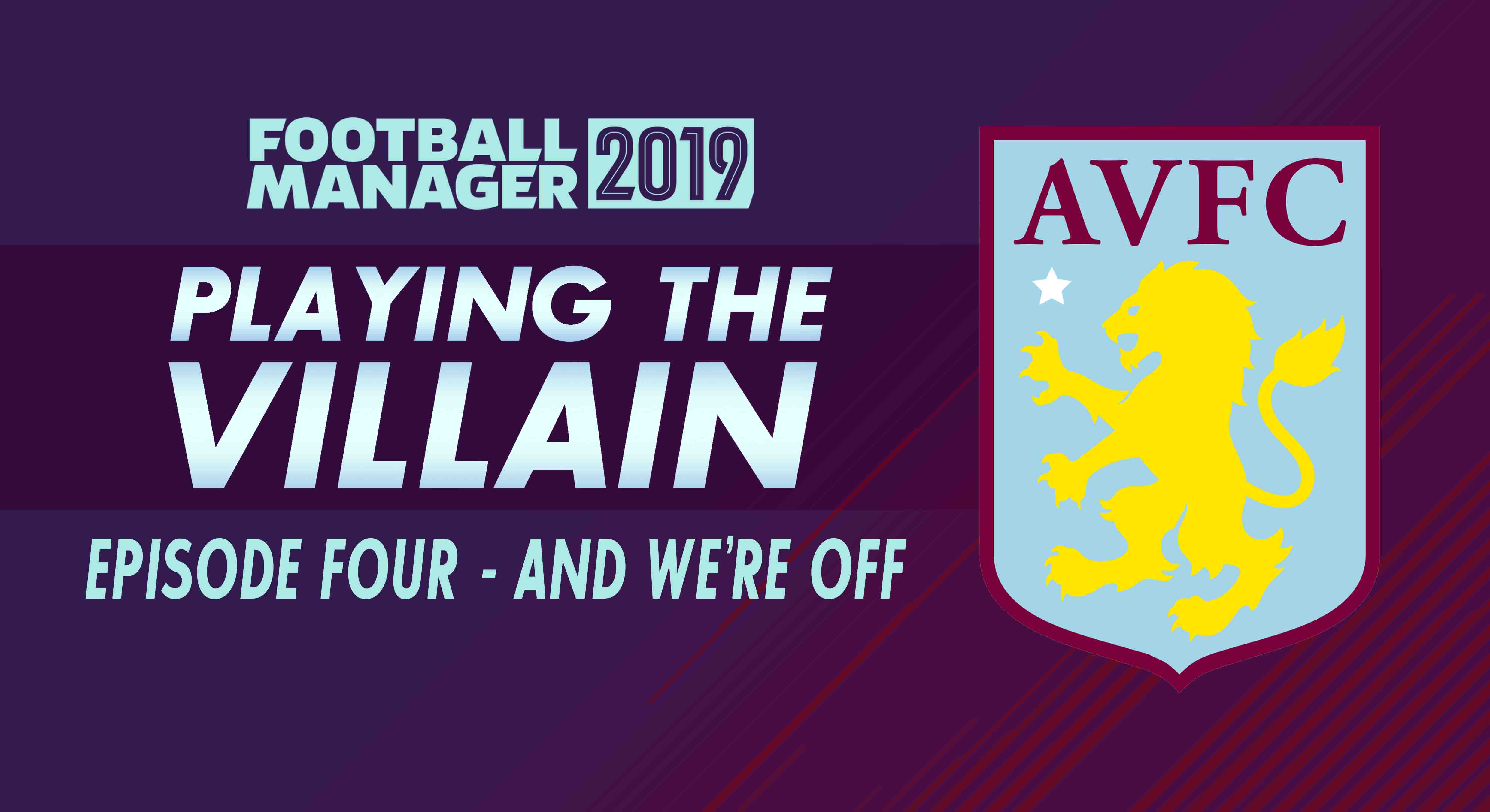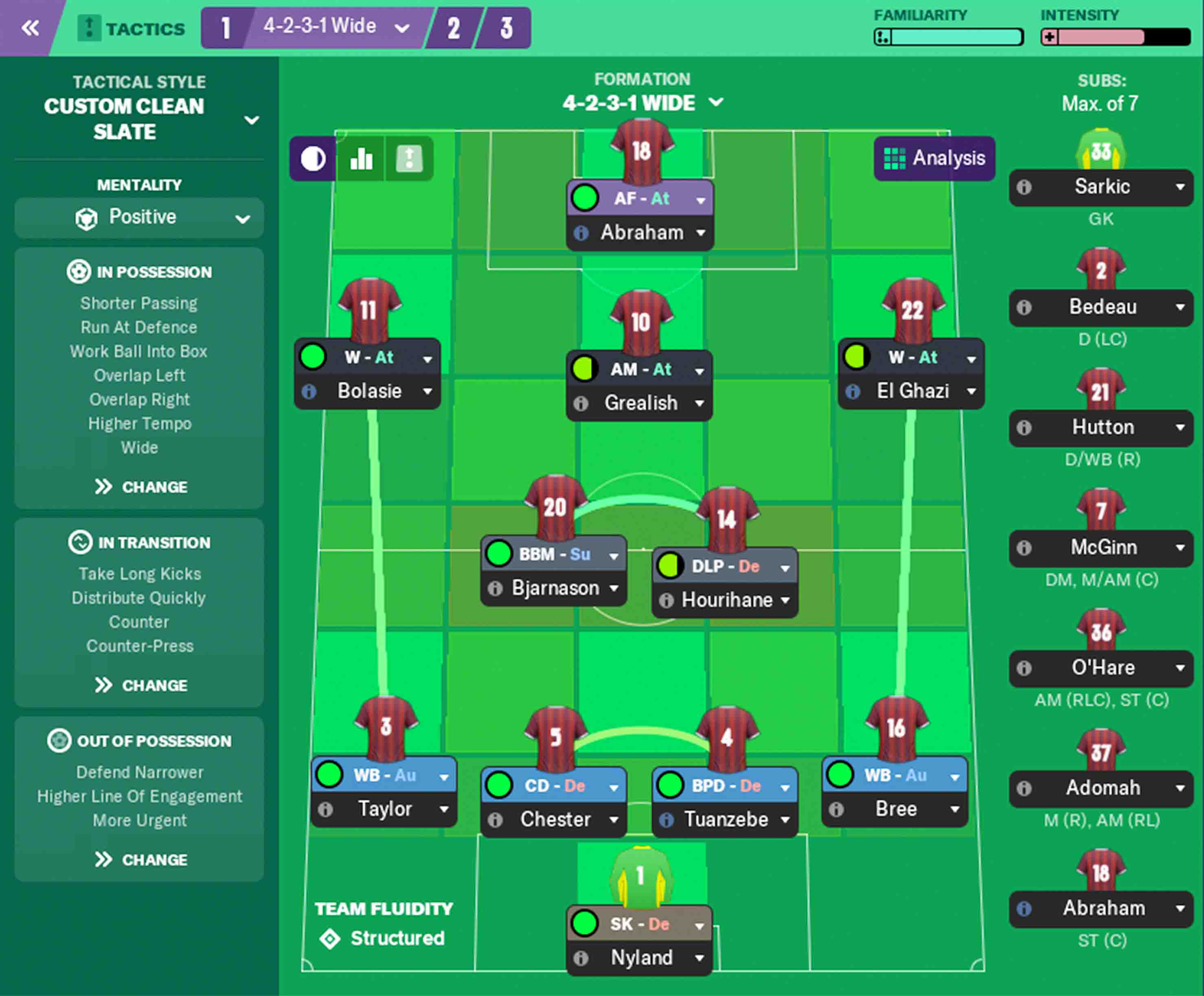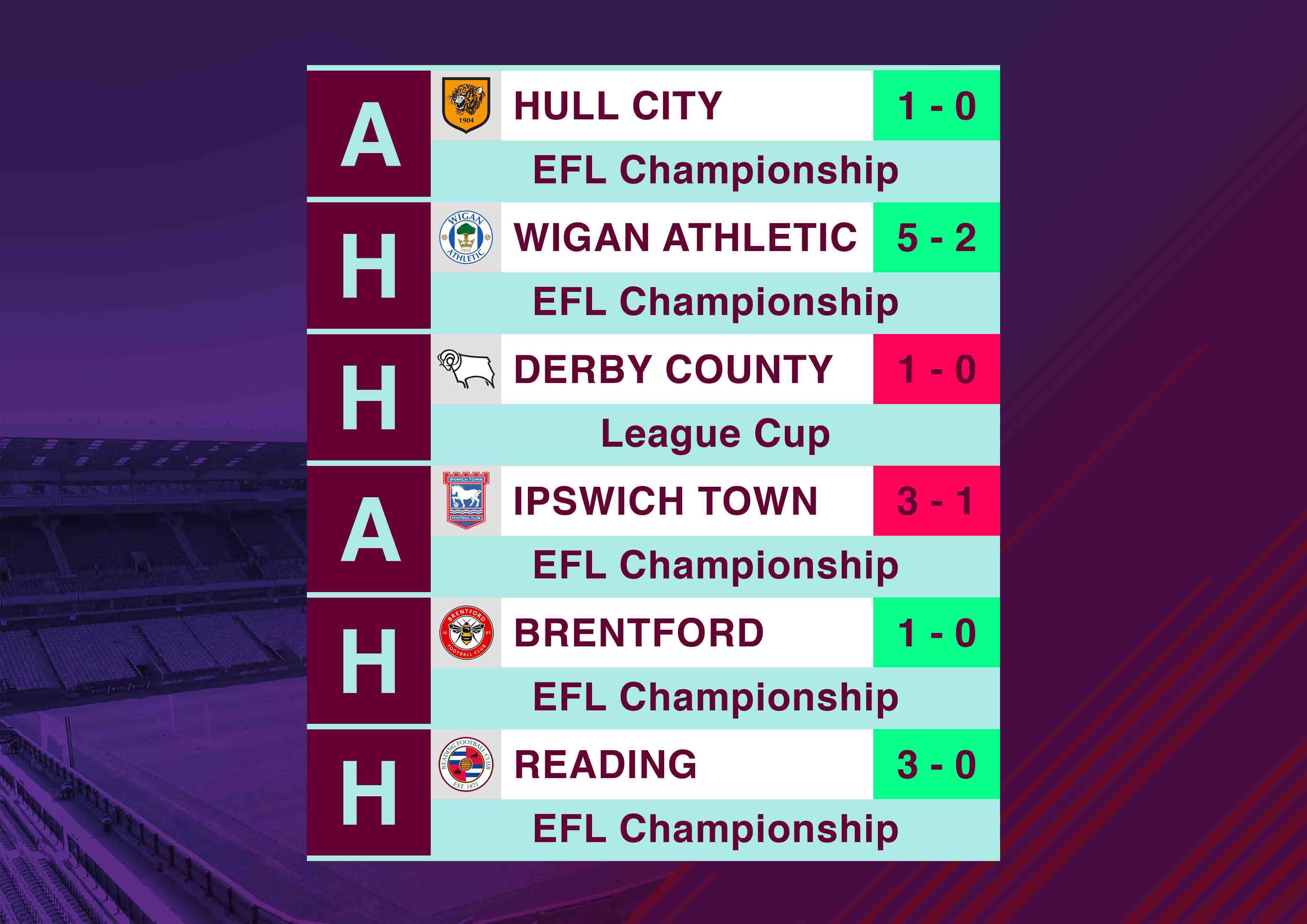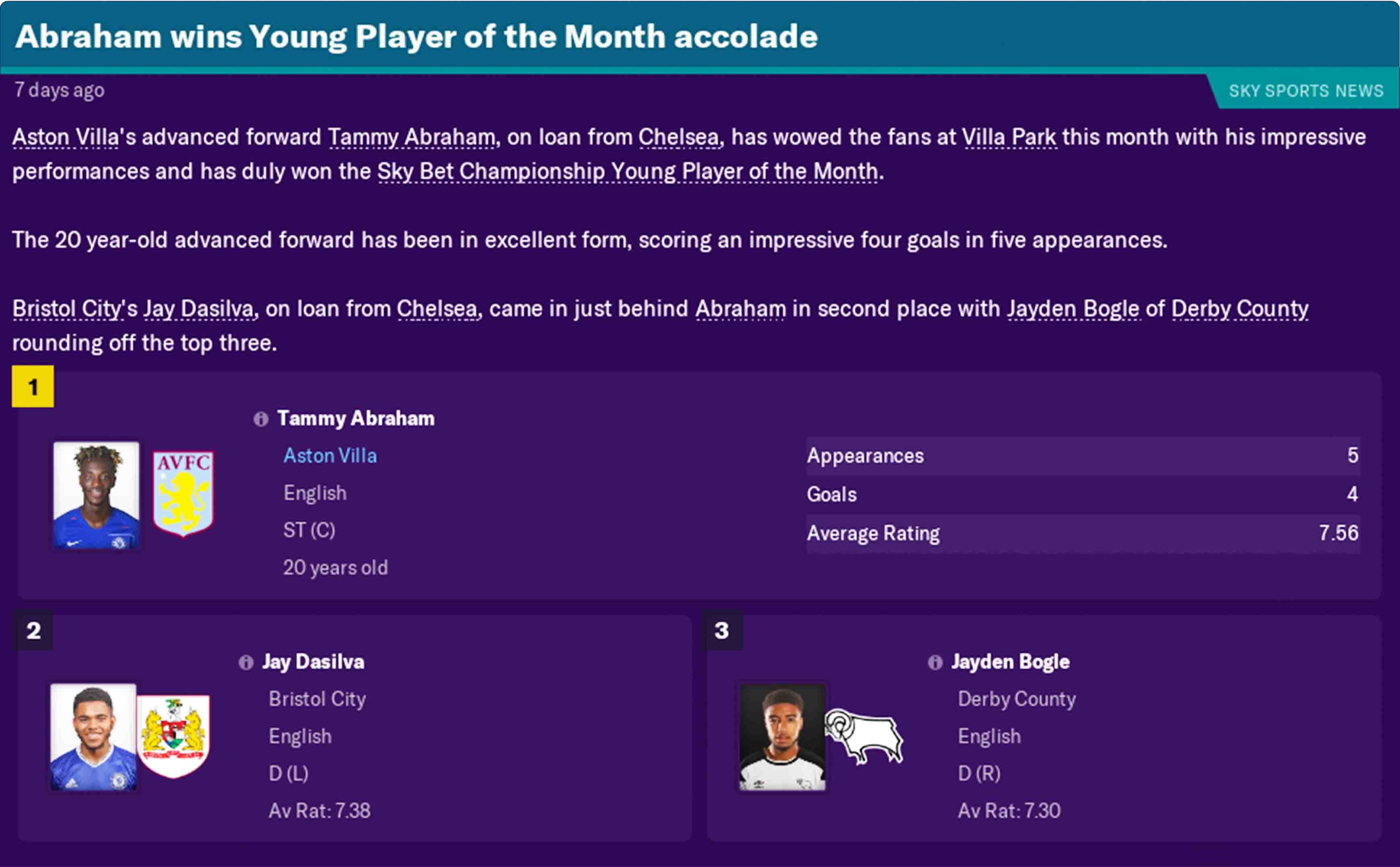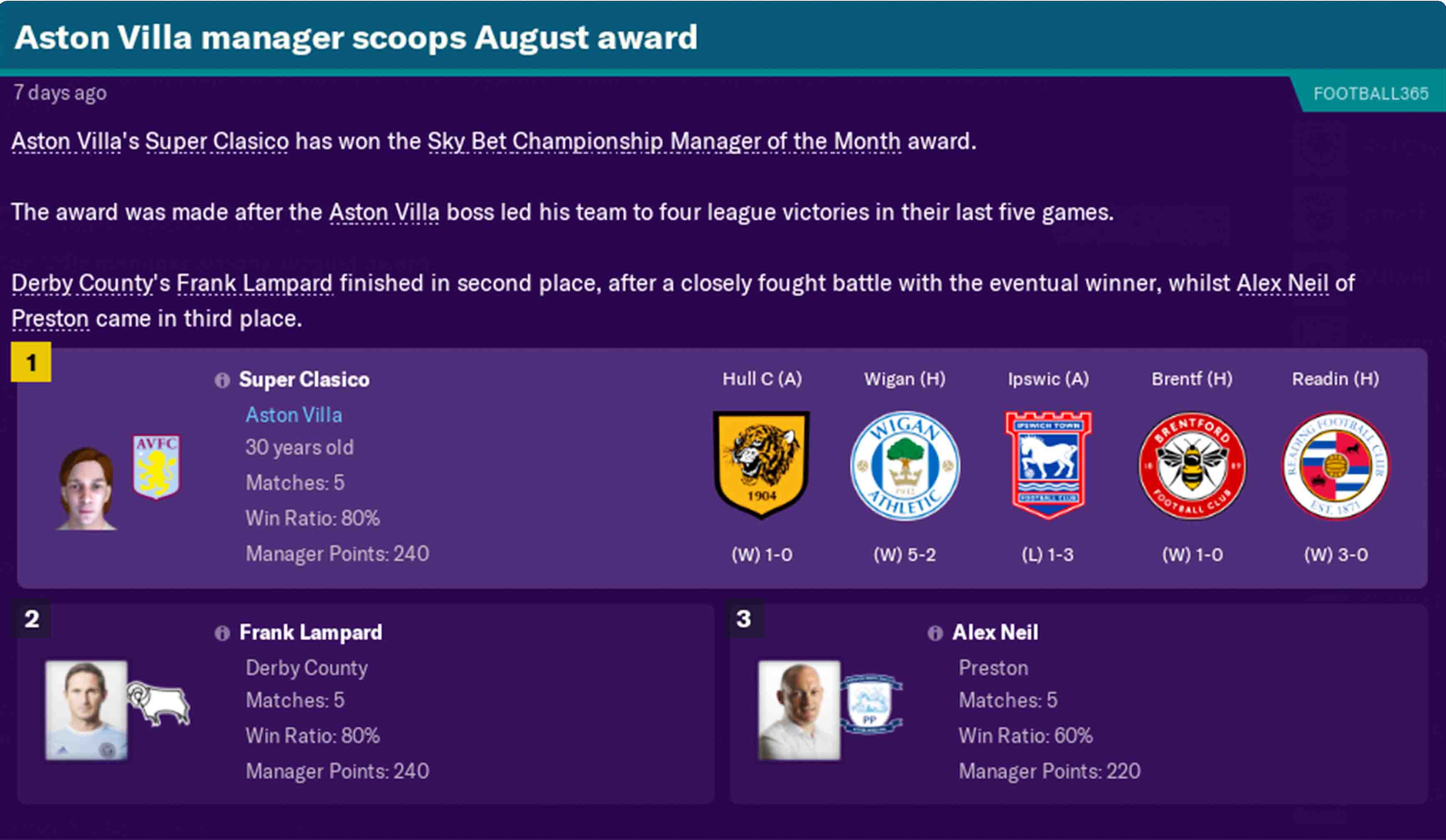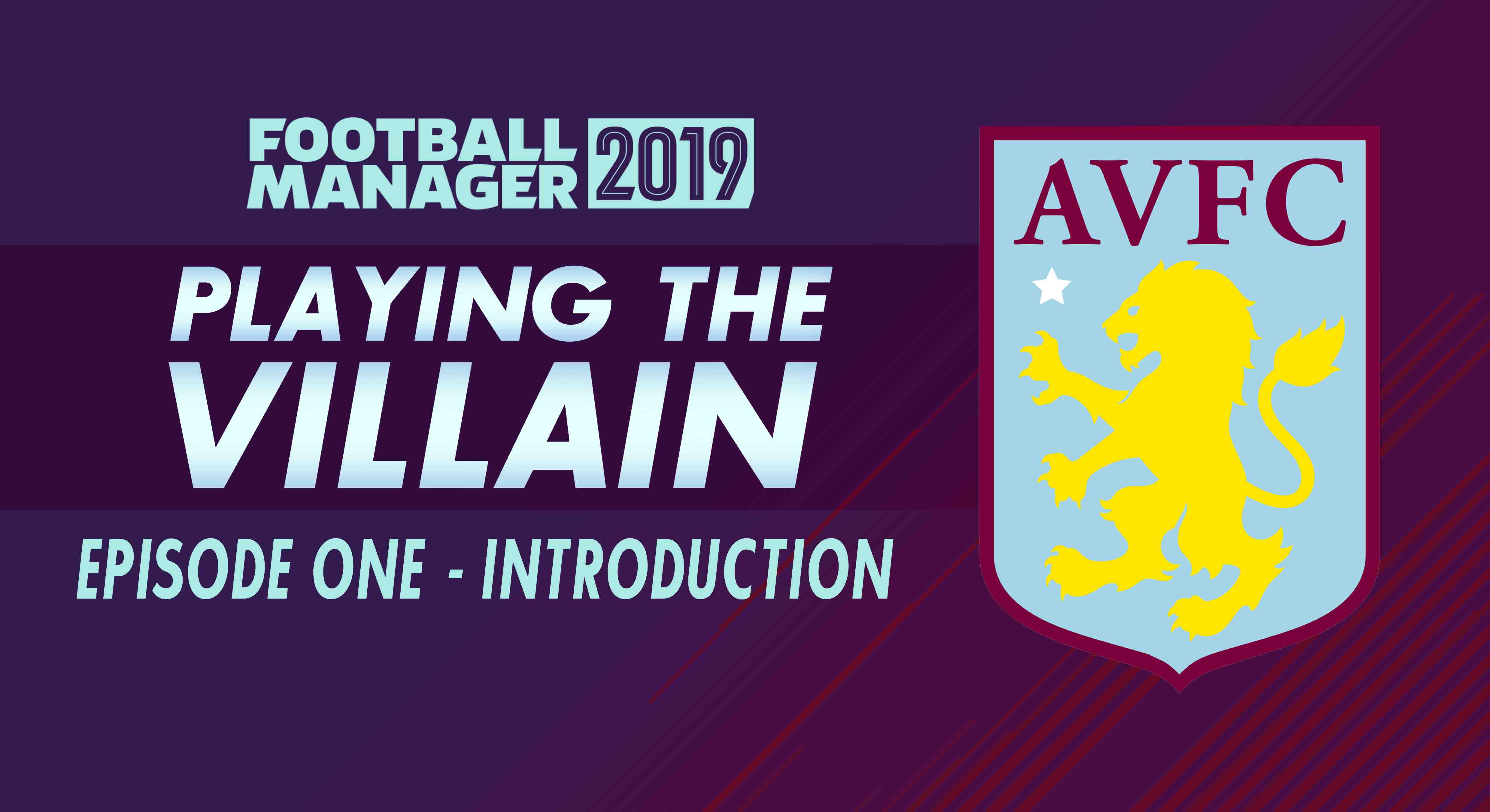
Hi everyone, and welcome to 'Playing the Villain'. Football Manager 2019's full release is just around the corner, and for the new game I have decided to take the plunge into blogging my saves. I'll be uploading my blogs here on FM Scout as well as on my blog at https://superclasicofc.wordpress.com.
As part of this introductory post I’lll outline the reasons I chose to start FM 19 managing Aston Villa. I'll also to speak to the philosophies I want to implement during this save and the aspirations I have for it. So get yourself comfy and I'll introduce the save. I hope you come along for the ride.
LEAUGE FOUNDERS
A lot of fans talk about history, often pointedly so in the direction of Manchester City and Chelsea fans. However when it comes to history, few clubs have a legacy as illustrious as Aston Villa’s.
In 1874, four cricketers met under a gas lamp, and decided football would be the way they’d fill the dark, cold winter nights. Football owes a lot to the boredom of cricketers, which is why, as an ode to football, cricketers still to this day generously choose to share this boredom with whomever watches them.
1874 is a significant date, mainly because it means that Aston Villa was founded one year before Birmingham City. Back then Villa’s insignificant neighbours were named Small Heath Alliance, and to this day many Villa supporters are saddened they parted ways with that names suitably humbling prefix.
After eleven seasons playing against themselves got boring, so Aston Villa’s president William McGregor founded the Football League. It took him three years to do it, and in 1888 Aston Villa, along with eleven other clubs, began competing in the world's first football league.
Like your mate on his own Play Station when you go over to his place, Aston Villa spent a lot of time playing with their Football League and won a lot more than you did.

MANAGEMENT TEAMS
The man behind Aston Villa's immense success following the Football League's foundation was George Ramsay. Ramsay was at the helm of Villa before the modern role of manager even existed, and instead held the title of secretary. But Ramsay did quite a bit more than answer the phones and make tea for his boss. Over an incredible 42 years he won 6 FA Cups and 6 Division One championships, making Villa the most famous and successful club in the land.
What I find so interesting about this man was his focus upon collaboration. Ramsay’s ideas flew in the face of the idea that clubs should having a singular figure-head who controls much of the clubs on field affairs, a role which arguably died with the end of Wenger’s reign at Arsenal.
He used the skills and ideas of other to win, as Ramsay mainly handled player recruitment and transfers, and worked in conjunction with a specialist trainer who handled match preparation. There was even a committee with handled weekly team selection.

THE EUROPEAN DREAM
The late 70’s and early 80’s were without doubt the golden era of English football. Everyone is aware of Brian Clough and Peter Taylor, the management team which led Nottingham Forrest to back to back European Cups. However, Ron Saunders may lay claim to an even more impressive triumph.
In 1974, Saunders took over Aston Villa in the Second Division. The famed founders of the Football League had, in the years prior, sunk to the lowest point in their history, the Third Division.
In his first season at Villa Saunders won the club promotion back to the top flight, winning the League Cup in the same season. Seven years later, Saunders won the First Division title after an incredible 71 year drought.
The next season, Saunders resigned due to a disagreement with the board over his contract. The club was mid table in the league, but still alive at the quarter-final stages of the European Cup. His assistant Tony Barton, the original Roberto Di Matteo, took over as manager for the final months of the season and remarkably led the club to European Cup glory over German giants Bayern Munich.
If it weren’t for his resignation, Saunders would have completed the perfect Football Manger achievement; taking a club from the lower leagues to unprecedented European ascendancy. Perhaps dwarfed by the cult of personality that was Brian Clough, Saunders never reached the legendary status of his fellow manager at Forrest, but his incredible career at Aston Villa speaks for itself. The European Cup was his trophy, as the coming seasons would make evident.

ALL DOWNHILL
Any claim that Tony Barton may have had of being the mastermind of Villa’s European success came crashing down as two years later he was sacked. Then, the unthinkable happened. Only five seasons after their famous victory over Munich, The Villains where relegated.
Since then Villa became a mediocre side, plagued by instability, financial mismanagement and multiple relegations.
However, Villa’s most recent relegation sees the club teetering on the brink of disaster. In 2016, financial catastrophe and on field apathy combined to send the club down to the Championship. Aston Villa’s last season in the Premier League was pathetic, as the club registered only 3 wins and 17 points.
Relegation is never great, but 2016 was an especially bad year for it to occur. The following season, the Premier League’s TV revenue was set to rise by 50% which cost the club an estimated 200 million pounds. Astonishingly, the squad that was relegated from the Premier League were the 7th highest earning playing group in the division.
So, Aston Villa now find themselves at a cross roads. With parachute payments ending next season and the club narrowly avoiding financial meltdown this summer, the club desperately need to get back into the big leagues. And things don't look good, as at the beginning of the most crucial season in Villa’s long and decorated history cabbages have already been thrown. The Villains need a hero.

So in summary, Villa have all the hallmarks of the perfect Football Manager challenge; a huge club with an illustrious history that find themselves peering over the precipice of the Championship into lower league obscurity.
There is a clear goal for the save as well; replicate the achievements of Ron Saunders and take the Villains from the Championship to the Champions League.
Finally, a deep dive into Aston Villa’s history highlighted time and time again the importance of the assistant manager or, as Cosmo Kramer would put it, the “Ass Man”. From George Ramsay relying on a specialist trainer during Villa’s golden era to Tony Barton continuing Ron Saunder’s footballing principles and legacy all the way to European Cup glory, a good number two has always led to success for this club.
With this in mind, my assistant manager (who will be announced in episode two) will play a significant role in this save. From the club’s tactical identity to player recruitment philosophies, the Premier League legend who’ll fill the position of my assistant will shape the ideas and culture of Aston Villa’s next generation.

Stay tuned, as in episode two I'll announce who the mystery assistant manager is and discuss the philosophies we'll employ that will surely make us the villains of world football in more ways than one. Up the Villa.
Thanks so much for reading, and if you enjoyed please check out and follow my personal blog at https://superclasicofc.wordpress.com.


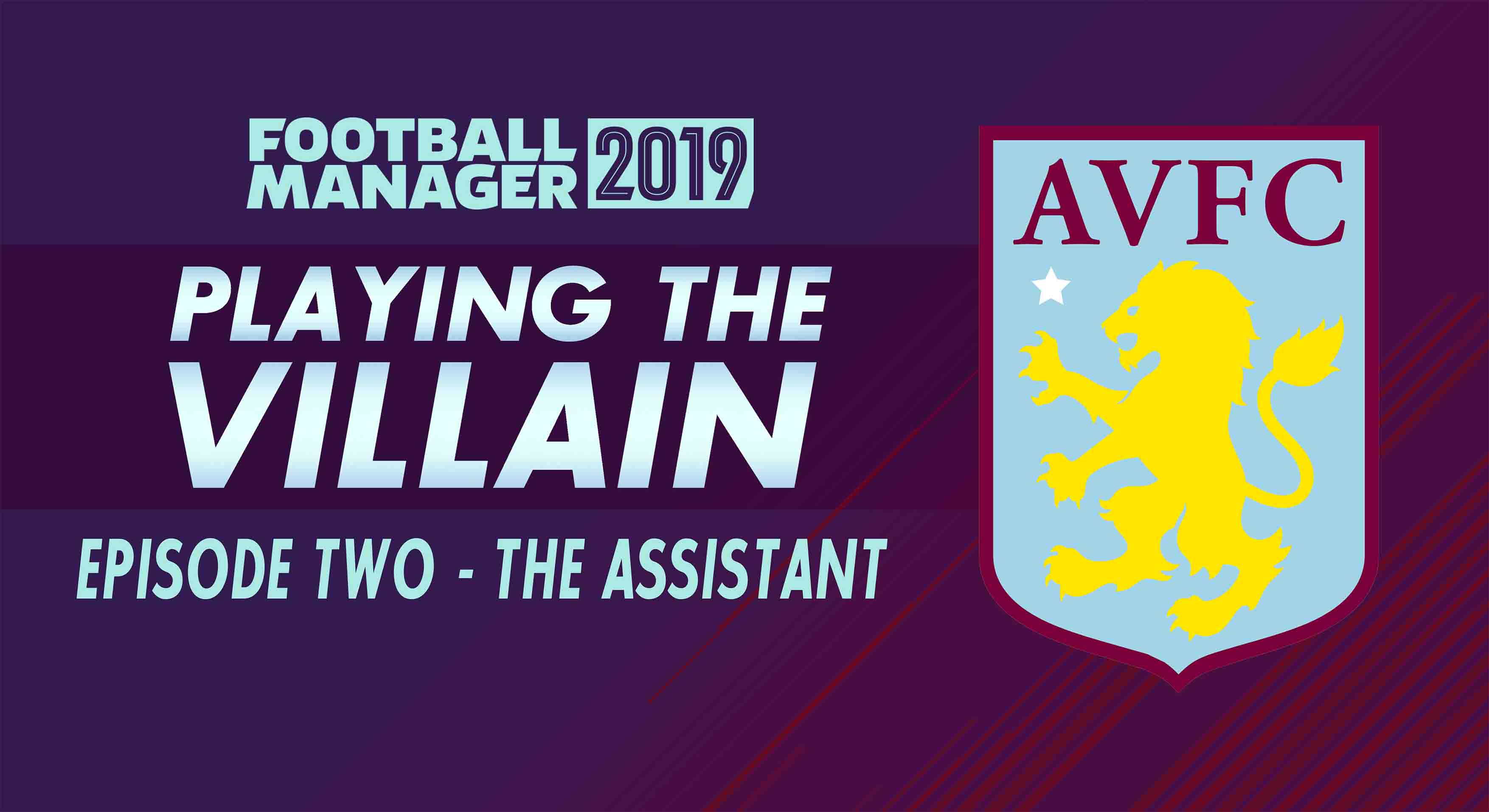

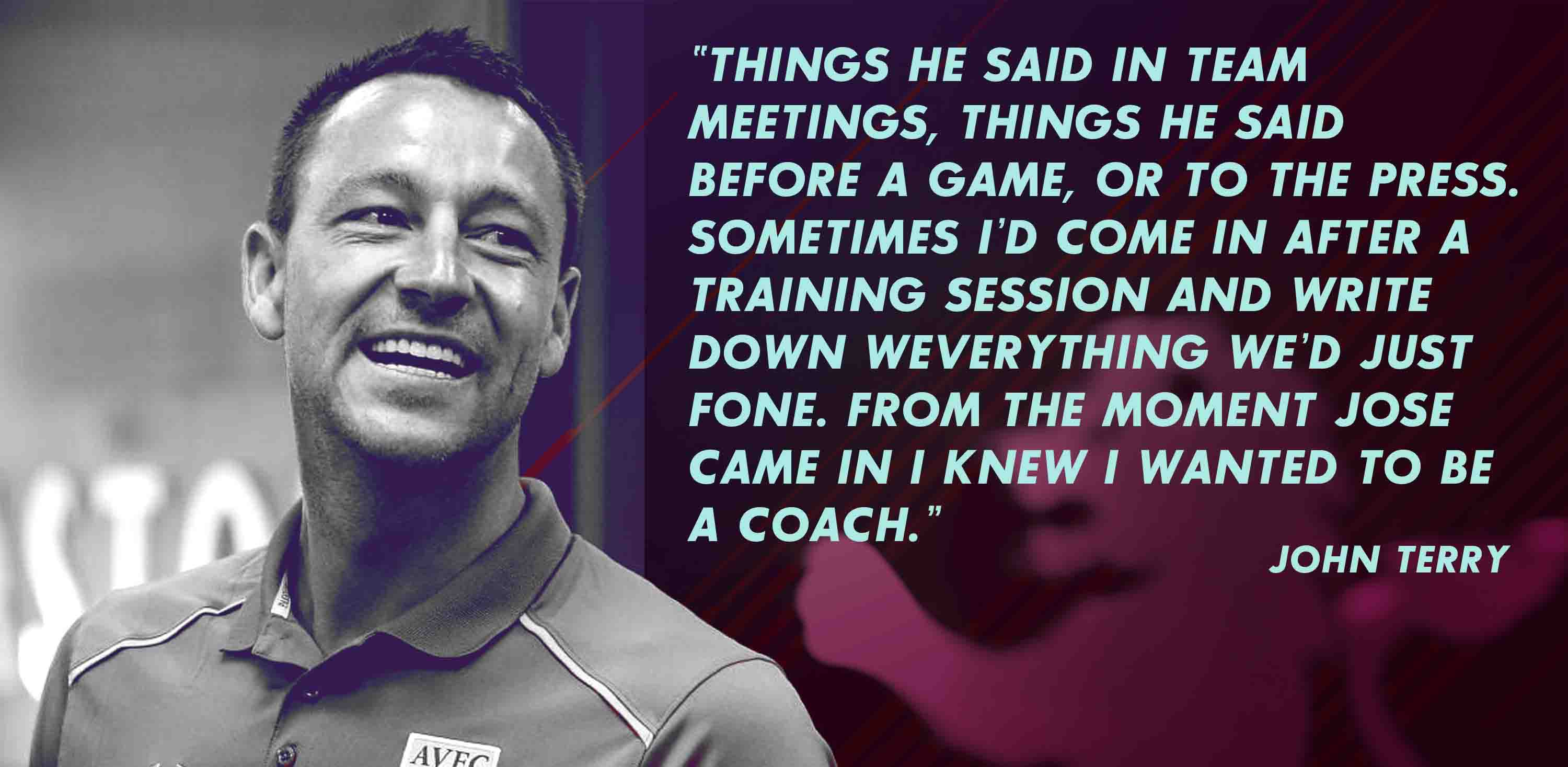
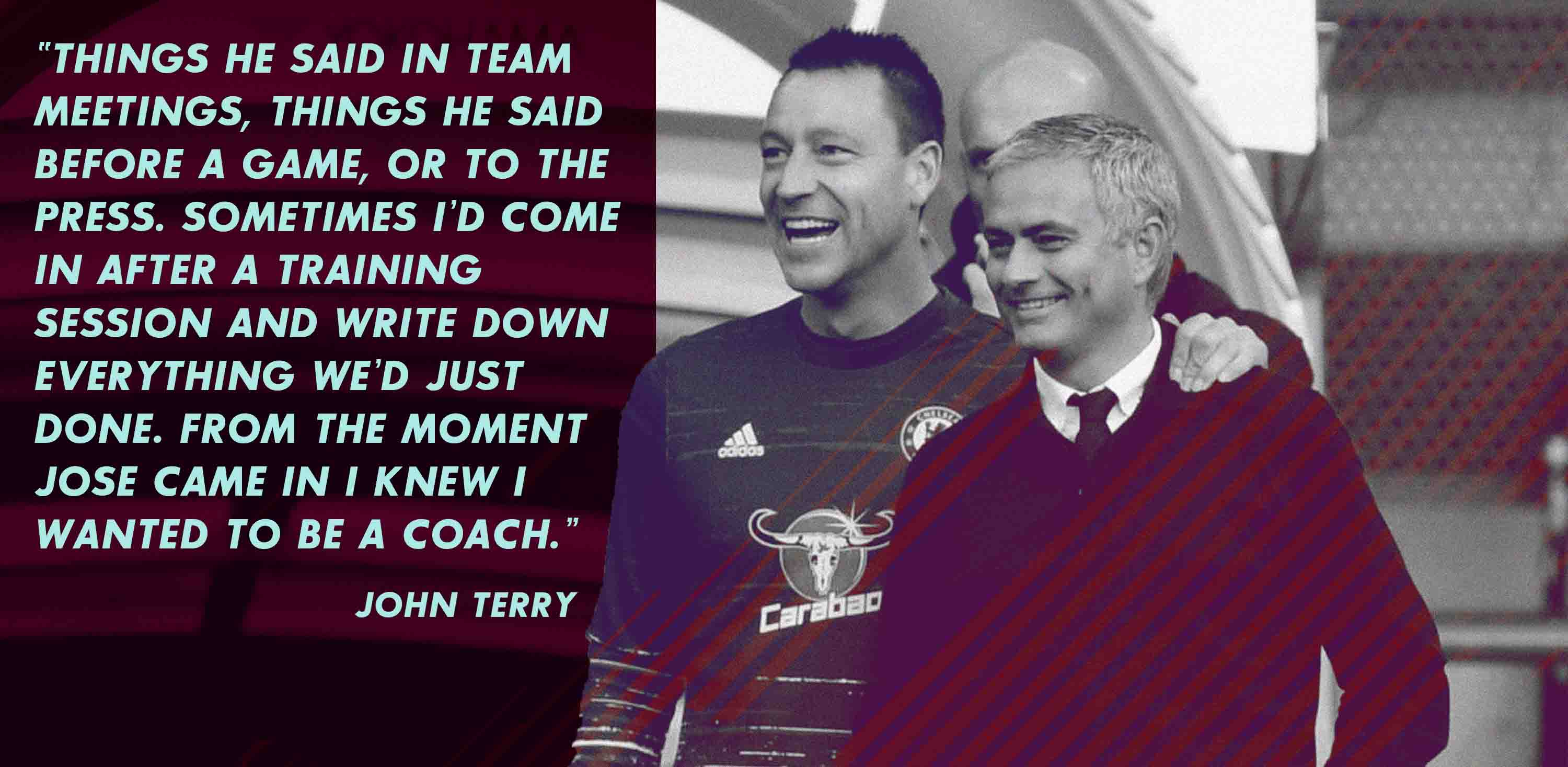
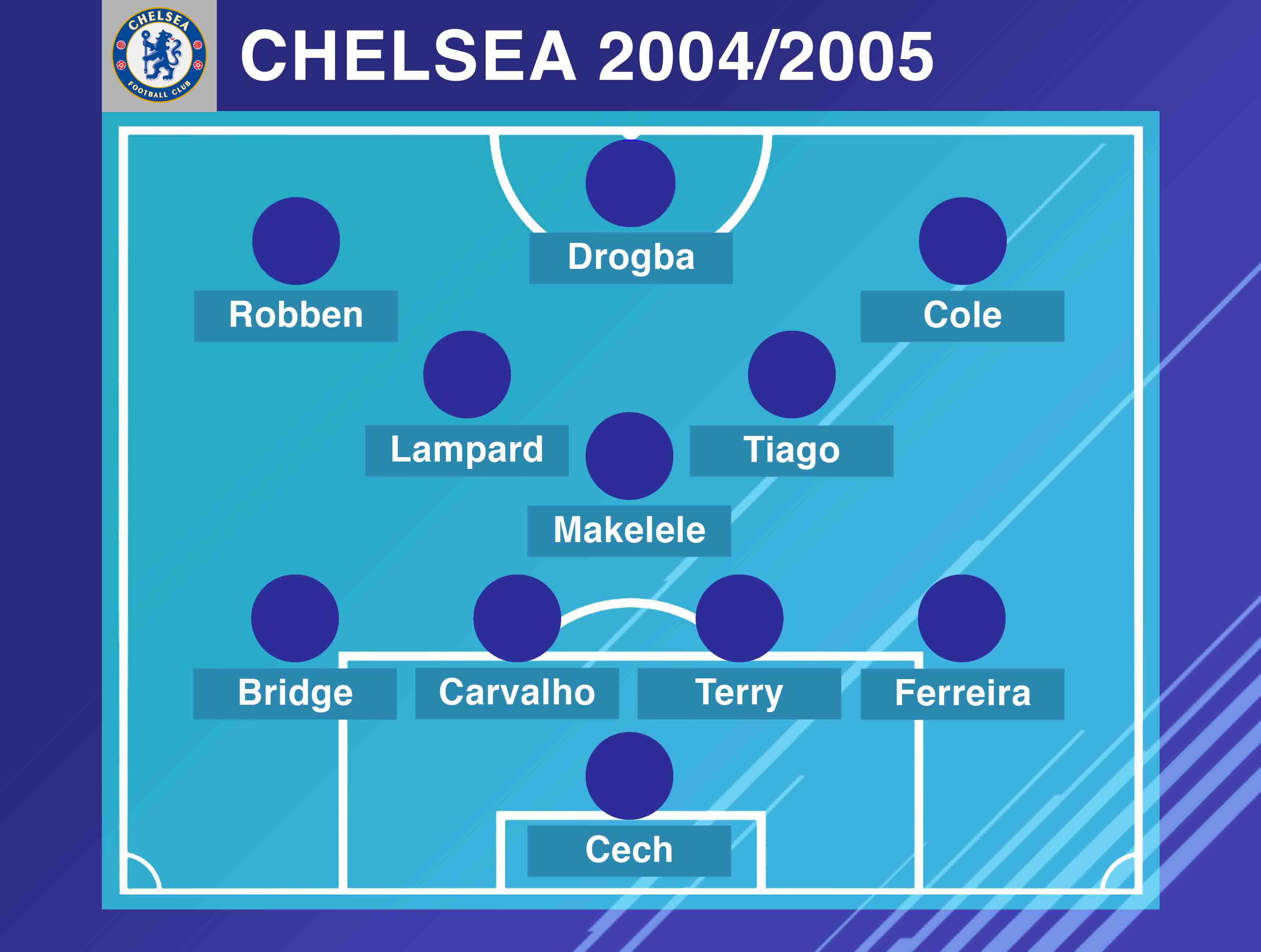
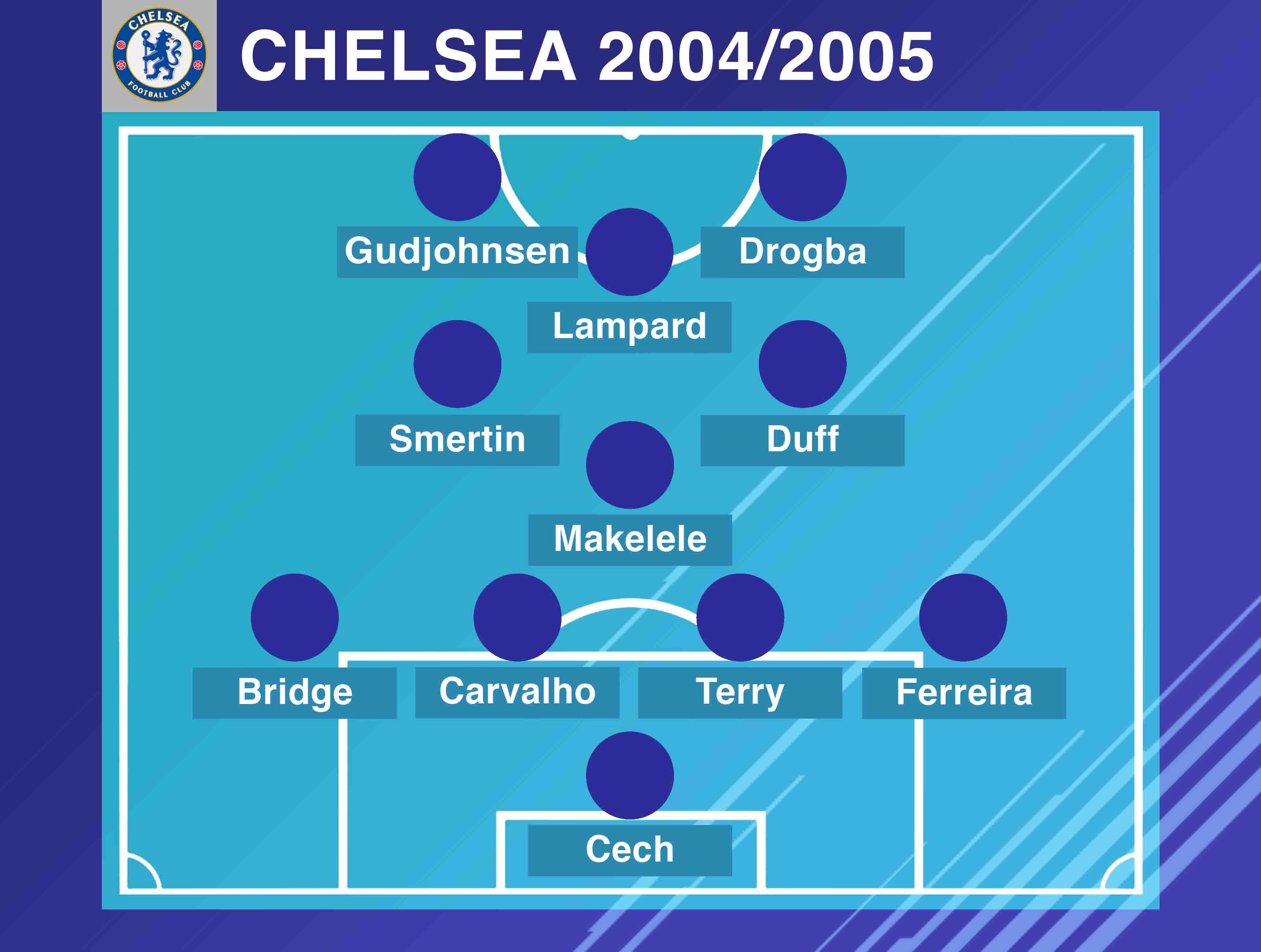
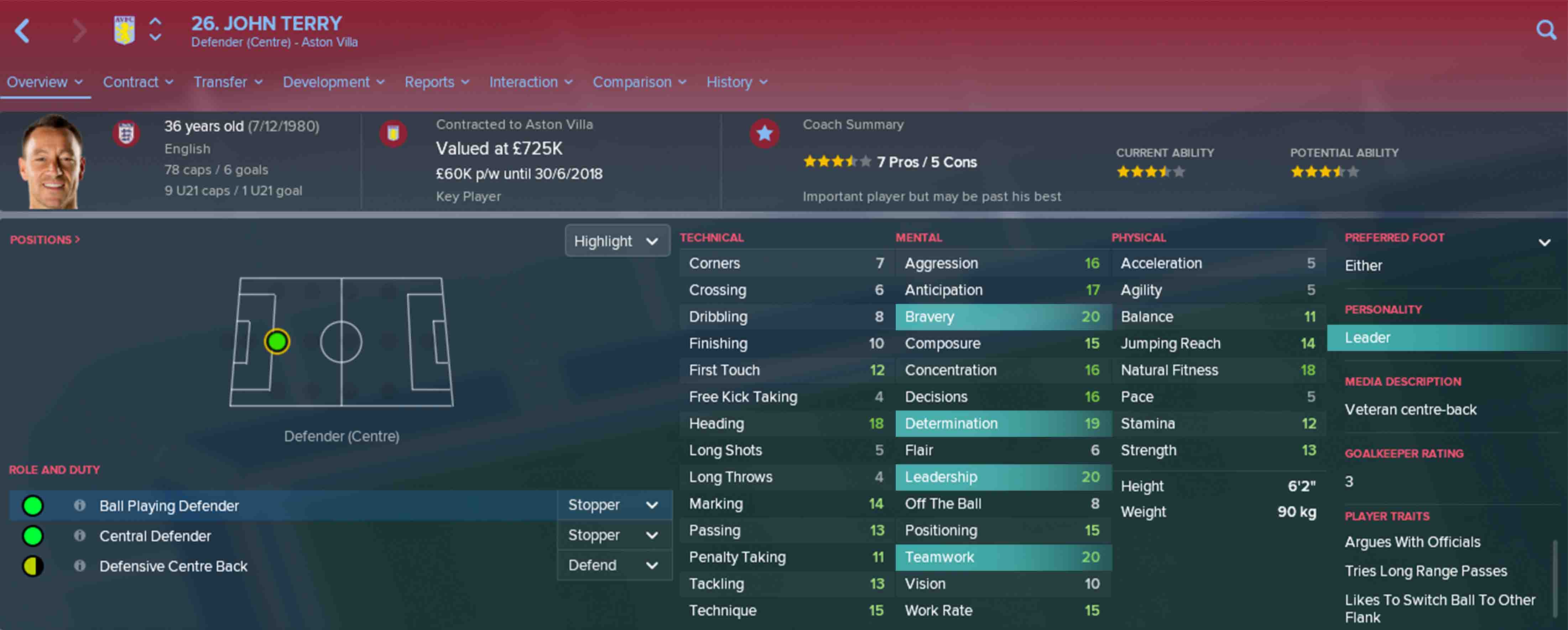
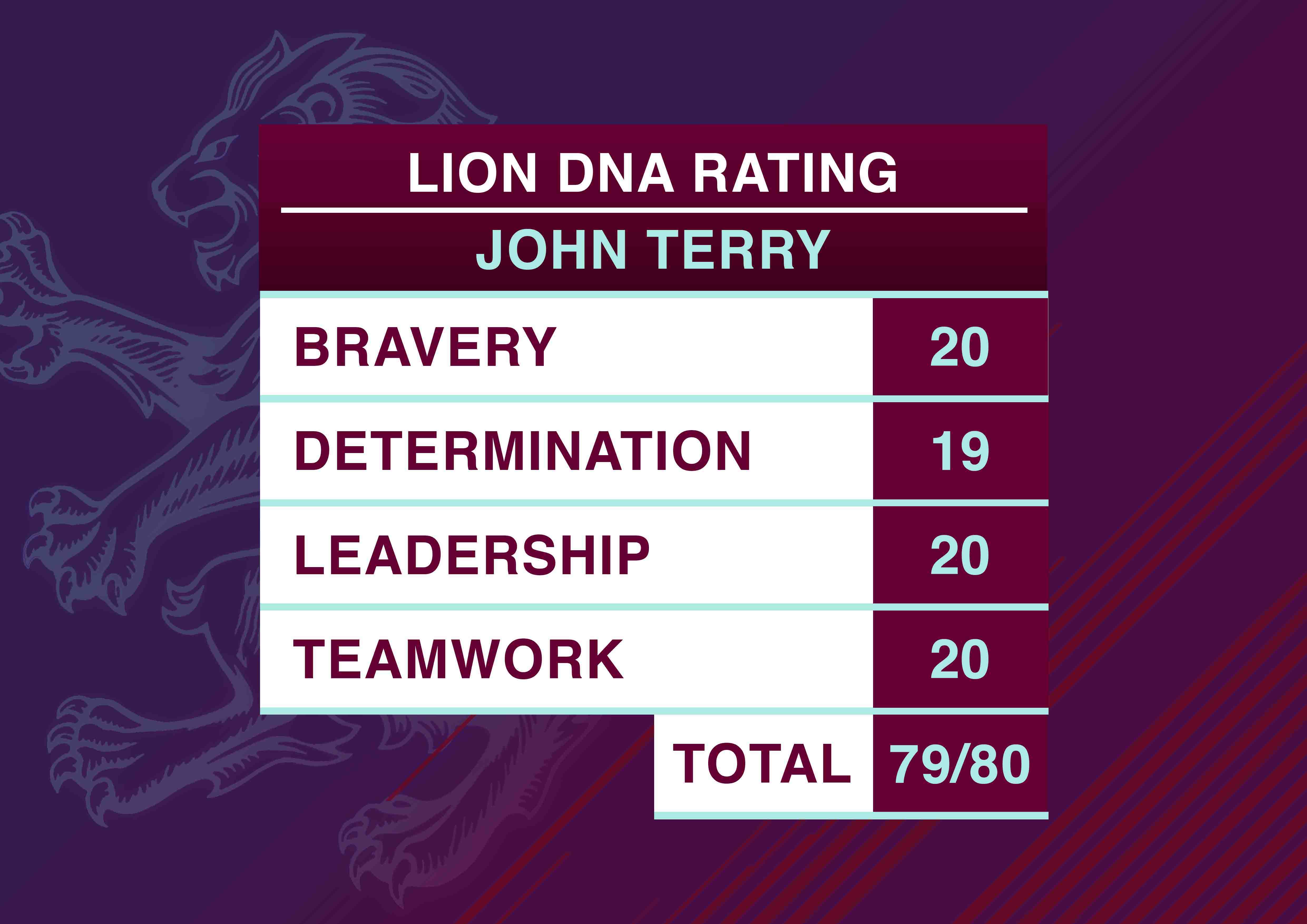
 Best of luck with Villa and I'm really looking forward to what is to come from this.
Best of luck with Villa and I'm really looking forward to what is to come from this.
